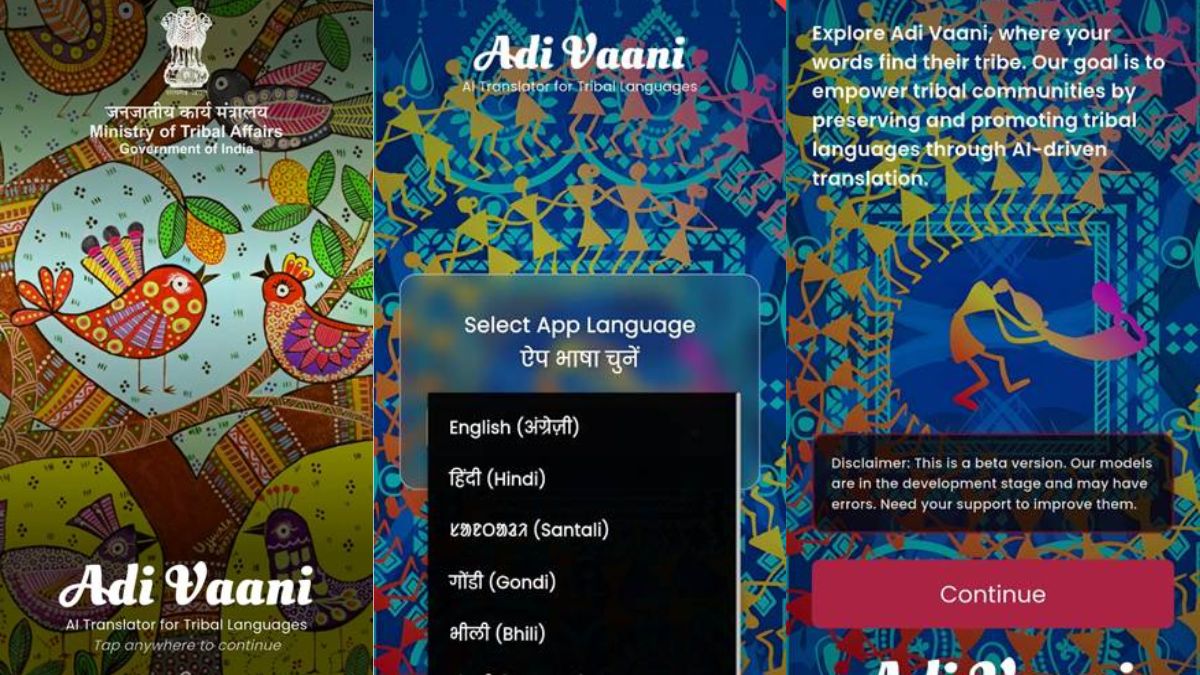Meta has announced parental control tools for Messenger. Now parents and guardians can use Messenger’s monitoring tools and resources from leading experts to support teens through the Meta Family Hub.
Messenger parental controls are available in the US, UK and Canada, with plans to expand to more countries around the world in the coming months.
These tools allow parents to see how their teen uses Messenger, from time spent messaging to information about their teen’s messaging preferences. These tools do not allow parents to read teen messages.
The first Messenger parental control tool allows parents and guardians to:
See how much time a teenager spends on Messenger
You can see and receive updates about your teen’s Messenger contact list and teen’s privacy and security settings.
You will be notified when a teen reports something (if the teen chooses to share the information)
See who can message your teen (only their friends, friends of friends, or none) and see if their teen changes this setting
See who can see your teen’s Messenger stories and get notifications when these settings change
Phone screen showing Messenger’s parental control tools
Over the next year, Meta will be adding new features to Messenger’s parental controls to help parents better manage their time and communication and balance their privacy, as these tools work for both unencrypted and fully encrypted conversations.
Today’s update is part of Meta’s ongoing work to make Family Hub a central place where parents and guardians can find resources and tools to help manage their teen’s experiences with meta-technologies and strengthen the dialogue between parents and teens about their online lives.
Meta wants to protect people from unwanted interactions in Instagram DMs, and these protections are especially important for teenagers.
When adults who have shown potentially suspicious behavior send messages to teens, we already display safety notices and prohibit people over the age of 19 from sending private messages to teens who aren’t following them.
Meta is now testing additional features to restrict people from interacting and messaging with others who do not follow them: Before people can send a message to someone who doesn’t follow them, they now have to send an invitation to connect.
People can only send one invitation at a time and cannot send more until the recipient accepts the invitation to connect. We limit these instant messaging invitations to text only, so people can’t send pictures, videos, voice messages or make calls until the recipient accepts the chat invitation.
These changes mean that people won’t receive unwanted photos, videos or other types of media from people they don’t follow.
Soon, teenagers will also see a notification after spending 20 minutes on Facebook, asking them to take time off the app and set daily time limits. Meta is also looking into Instagram’s new order to tell teens to close the app if they roll at night. The phone screen will display the message “Time for a break?” message to teenagers on Facebook
In January, it introduced Quiet Mode on Instagram, a new feature that helps people focus and encourages them to set boundaries with their friends and followers.
For example, if you enable silent mode, you won’t receive notifications, your profile activity status will change to let people know you’re in silent mode, and we’ll automatically send an auto-reply when someone DMs you.
The company is bringing silent mode to all Instagram users around the world in the coming weeks.
Other Instagram parental control features they have added more tools to Instagram’s parental controls to give parents more insight into their teen’s experience on the app and get teens talking to their parents with new notifications.
These innovations include e.g. New notification for teens when they have blocked someone.
As an extra boost, the ad encourages teens to add their parents to follow their Instagram account. With this announcement, we meet with teenagers at specific times to remind them how they can benefit from parental guidance as they navigate online communication.
In addition to seeing what accounts their teen follows and who they follow, parents can now see how many friends their teen has with those accounts. This helps parents understand how well their teen knows these accounts and helps spark offline conversations about their relationships.
- Press release







